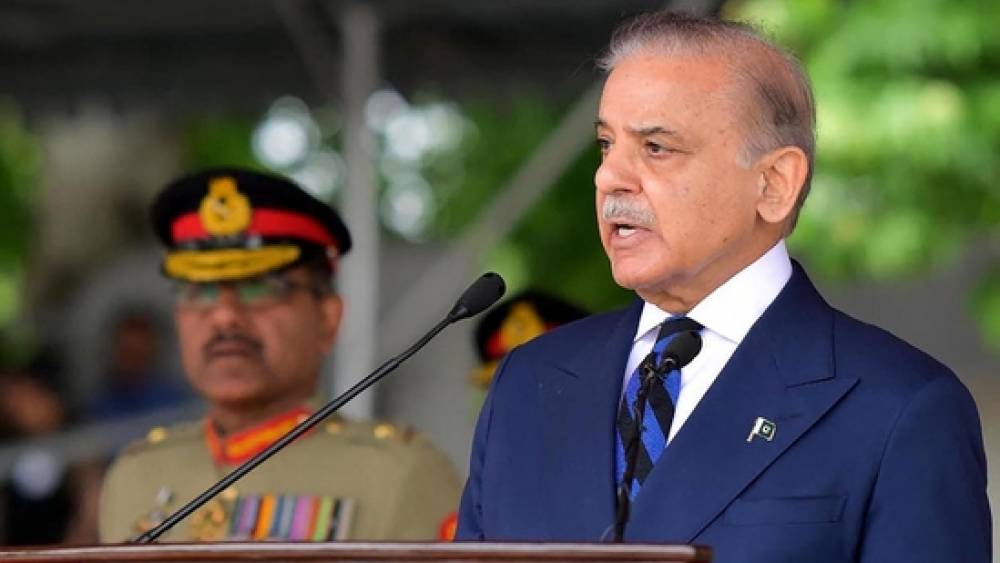
Islamabad/New Delhi, May 17, 2025 –
In a dramatic and unprecedented admission, Pakistan Prime Minister Shehbaz Sharif has publicly acknowledged that India carried out successful military strikes on Pakistani territory, including the destruction of Nur Khan Airbase in Rawalpindi, during a recent operation named "Operation Sindoor."
This is the first time a sitting Pakistani Prime Minister has officially confirmed that Indian missiles penetrated deep into Pakistan and inflicted significant damage on key military installations.
Speaking at a public event, PM Sharif revealed that he was informed late at night by Pakistan Army Chief General Asim Munir about the extent of the destruction. "The Army Chief woke me at 2:30 AM to inform me that Indian missiles had struck the Nur Khan Airbase and other locations," said Sharif. "We were not prepared for this level of assault, and I was told about it only after the damage was already done."
Operation Sindoor was launched by India as a retaliatory strike following a brutal terrorist attack in Pahalgam, Kashmir, on April 22, 2025. The attack had claimed the lives of 26 civilians, including women and children, and was widely condemned across the globe.
In its response, India targeted multiple Pakistani military assets. Satellite imagery later confirmed extensive damage to Pakistan’s airbases, including Sukkur, Rahim Yar Khan, Sargodha, Jacobabad, and Bholari. The Nur Khan Airbase, located just 10 kilometers from the heart of Islamabad, was among the most severely damaged.
India has not officially commented on the operation, maintaining strategic ambiguity, but multiple international defense analysts have validated the strikes using independent satellite data.
In response, Pakistan launched its own military operation dubbed "Operation Bunyan ul Marsoos." Over 25 Indian sites were targeted using Fateh missiles and drones, focusing on military facilities in Punjab, Rajasthan, Gujarat, and Jammu & Kashmir. Pakistan claimed its strikes were proportionate and necessary to demonstrate its defensive capability.
India, however, maintained that its air defense systems successfully intercepted many of the incoming threats, though some infrastructure and civilian areas suffered damage. Fatalities were reported on both sides.
Following several days of intense cross-border hostilities, a ceasefire was brokered through urgent diplomatic efforts led by the United States, United Kingdom, and Saudi Arabia. Former U.S. President Donald Trump played a key role in securing the truce, alongside Vice President JD Vance and Secretary of State Marco Rubio.
Both India and Pakistan have since claimed strategic victory and blamed each other for ceasefire violations along the Line of Control in Kashmir. While official military operations have paused, tensions remain high, and skepticism persists among local populations regarding the prospects for lasting peace.
Prime Minister Sharif’s admission may signal a new era of transparency or, conversely, a crisis of military preparedness within Pakistan. Political analysts suggest this public acknowledgment could reshape domestic politics in Islamabad and influence future India-Pakistan diplomatic engagements.
The regional and international community continues to monitor the situation closely, urging both nuclear-armed neighbors to maintain restraint and pursue peaceful dialogue.